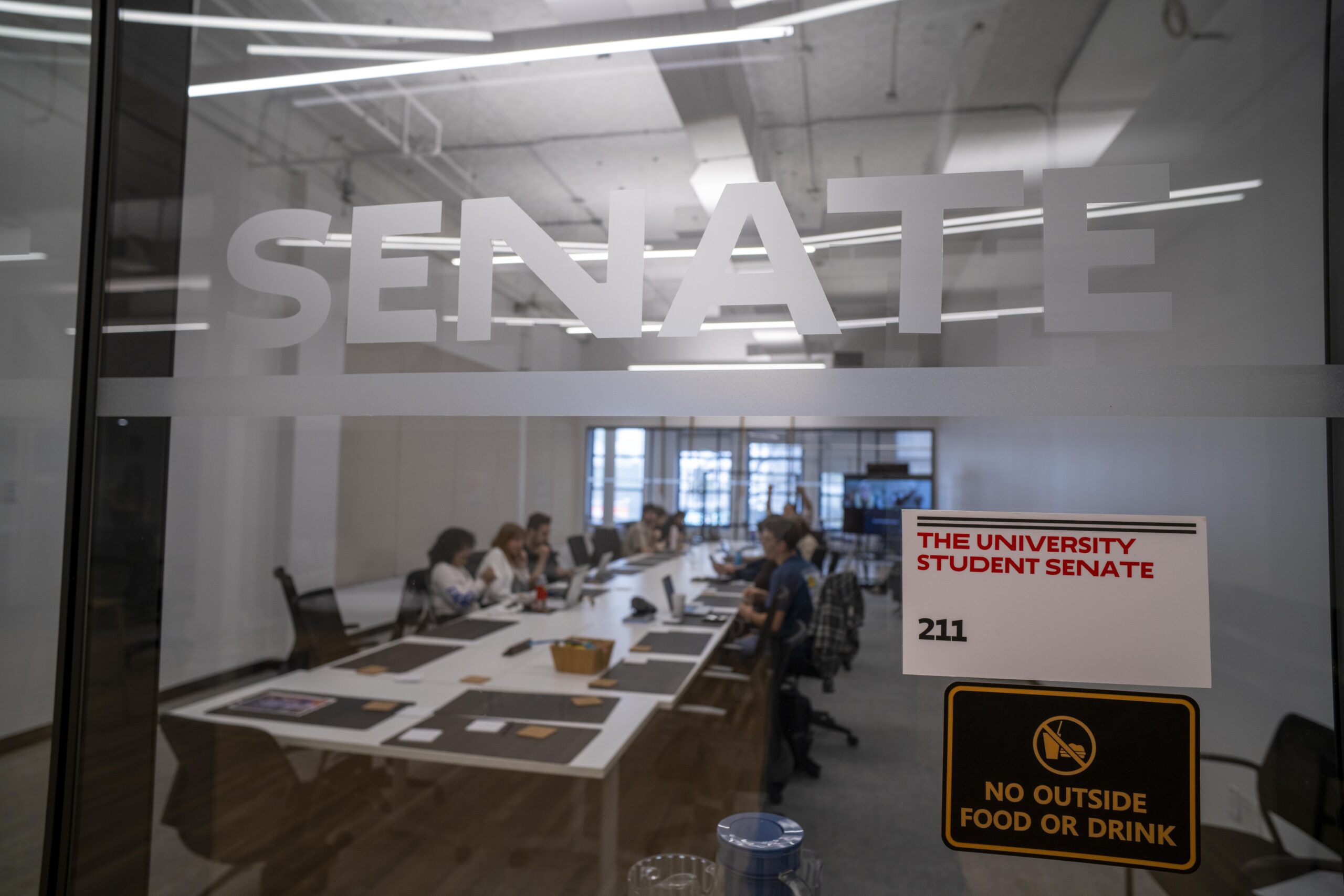Every space we enter serves a function in our lives and shapes our mood, our urban ethic, creativity, and state of mind. But what about the spaces we inhabit that aren’t meant to serve a specific purpose in our lives? To thrive, we need spaces that are engaging to the public, and move the public to engage with each other.
Yet everywhere, the communal watering holes are drying up, replaced by centers of consumption. The only camaraderie to be found in that restaurant, bar, store,or café is the knowledge that you’re all spending your money there. With so many spaces being privatized, commodified, or shut down altogether, where we are supposed to just be?
“We don’t have any place for students to come together – and so there’s no sense of community,” said Ian, a freshman in the Jazz program. True, the buildings are dispersed, and we’re not going to be getting a quad any time soon. But The New School doesn’t need the traditional college quad, because we’re no traditional college – our character has more affinity with a quaint Italian countryside piazza than Times Square. We all know that Manhattan real estate is at a premium – but it’s a question of priorities: what choices are made with what we have. Our mode of interaction transforms when a scattered collection of small isolated tables is opened up into an open space that stirs engagement inward to a wider circle. Vivisecting the economic and ergonomic use of interior can lead us to the larger questions about our changing urban landscape – what are we putting first: parks and community centers, or banks and shopping malls?
Take the Lang Courtyard, for example: a clementine enclave nested in a casual thoroughfare, yet always seeming to leave one in an unquenchable thirst for a true public square. Bodies gravitate away from each other, clumping into isolated nodes like eddies in the wind, tacitly avoiding the openings that welcome larger groups to cluster. Cliques glob together tightly in the claustrophobic corners. Its architectural asymmetry creates dissonance and centrifugal motion, subliminally discouraging eye contact or cohesion. There’s scarcely a spot where more than two people can sit that isn’t awkwardly askew. The serene, leafy terrace seems to invite intimate group convocations, but is foiled by an antisocial radial buzzkill bench. Seats lining the circumference would be the optimal choice, instead, never their eyes shall meet, and only five people can inhabit an area that potentially fits twenty-five. It is these seemingly minuscule choices in design that echo to us, asking to re-examine how our spatial environment is constructed.
The opening of the new University Center will be an important and clear indicator of where The New School’s priorities lie. What will go in the prime real estate on the first floor? A 24-hour study center? Open space big enough to congregate as a student body? Or just more shops to prey on our wallets? What will go on the walls? Art by our own students, or advertisements for Apple products? These are the critical questions we need to be asking of ourselves, and engaging with the people who will be making the decisions on our tuition dollars.
The New School should be engaging with public spaces that are conducive to people coming together to collaborate, and aren’t pre-determined for an explicit purpose. It should provide refuge from the maelstrom, not emulate it. In chasing the array of opportunities that New York City dazzles us with, it’s easy to miss out on the equally fascinating humans we share this metropolis with. It’s like we’re all here for the same reason, but we’re not here together. We just don’t have enough space and time to exercise all the knowledge and creativity that all the hard work is supposed to prepare us for. When every moment and every space assigned to a task is penciled in for its function, the imagination shuts down and runs by rote, and space reinforces an individualist competition of every one for themselves. We’re running on empty in a car bought on credit in a one-way race toward the border without a passport.
But every public interaction is an opportunity to undo the desperate alienation and confront, reconfigure, and reimagine our atrophying norms of social interaction. The architecture of our lives and the way we occupy it is an issue that goes beyond the lack of negative space to fill, but to the positive terrain to set our imaginations free – why shouldn’t we be able carve out a space where students can produce outside of the frame of work? Where our philosophy students can philosophize, design students can fill with art, and everyone can engage with the public that is us, the students? Maybe we would feel more like students and less like customers if there was a space we could actually congregate as such.
Shawn is a native of Queens majoring in Politics at The New School. He joined The Free Press in Fall 2013, and covers student life, academic affairs and activism on campus, bringing a critical investigative approach to journalism through social media, institutional research, and data-driven fact finding.
Shawn’s work has appeared in Adbusters, The Nation, PolicyMic, Truthout, The Brooklyn Indypendent, and the Italian news magazine, Internazionale. He is also a research and analyst for the government and corporate transparency project, LittleSis.
Shawn likes only five things: black coffee, unfiltered cigarettes, smoky whiskey, dark Belgian beer, and the news. He speaks five languages and loves to travel. Shawn shares a birthday, April 4th, with Grumpy Cat.







Leave a Reply